0 Nights / 1 Days
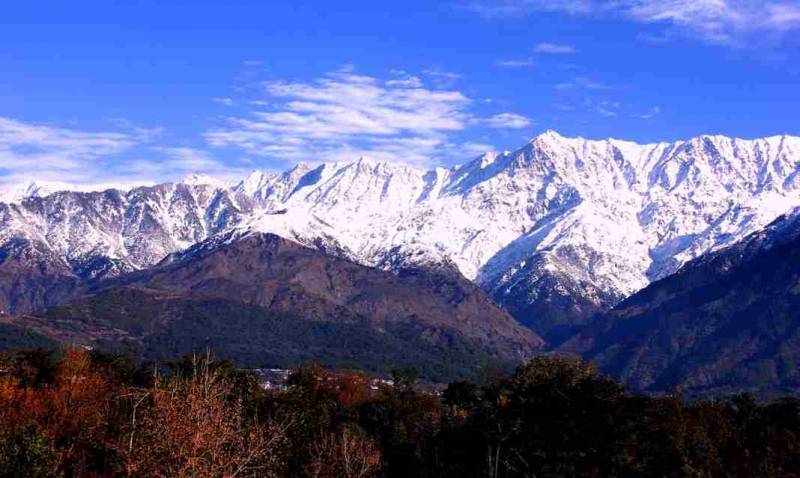
Early morning drive from Shimla to the picturesque Mashobra valley which is mirrored by the tall Shali Peak (3200m). The route holds thick woods where practically every tree of the region grows - Himalayan Cedar (the almost legendary ‘Deodar’), Spruce, Oak, Rhododendron, Horse-Chestnut, Birch and Pine. Depending on the time of year, a variety of wildflowers grace the hillsides - the rhododendrons flower a dark red in spring, summer has banks of roses, daises and buttercups, the monsoons speckle the luxuriant grass with lilies-of-the-valley and peonies. Through the year, flitting butterflies stab quick flashes of color. The trail crosses picture-perfect hamlets where the word ‘time’ seems to mean only the seasons and the passing years - and where life has followed a steady pace for centuries. Trace fast flowing streams, cross a ‘sacred grove’ whose majestic trees have stood undisturbed for centuries, watch village craftsmen at work, listen to legends that seem as old as the hills - and in a single day, take a lifetime’s memory of some of the marvels that the lower Himalayas hold.
Through woods of Himalayan Cedar and Spruce, the path to Seepur takes a steady dip down the valley. Past fields and orchards and wood and slate houses one arrives at the glade of Seepur - which the vicerene Lady Lytton called a “tea-cup shaped valley” and was popular for midnight picnics in the days of the Raj. Several slim streams fed by fresh-water springs nurture the soft grass of Seepur. The glade is held sacred to the local deity, Seep who ‘visits’ the spot at select times of year. Shaded by colossal Cedars, a delightful little temple built in the local style with stone and wood, rests on an edge. Smaller shrines merging with the woods are also there. This is the site of an annual fair held over the second weekend of April - and is a time for local matchmaking.
From Seepur the decline eases out to the tiny village of Shali, which holds a dozen charmingly rustic structures - and is probably named in honour of the facing peak. Here, the hike-path that snakes along the hill holds a bifurcation, and along a mild incline the route takes a right. This also marks the end of the descent. The view on the facing hill has terraced fields and age-old villages. Along the narrow path, the only sounds one is likely to hear are of one’s own breathing and the crunch of boots over scattered cones. The silence only punctuated by the song of a Himalayan Thrush or Barbet.
After Shali comes the home of the deity Seep at Deothi. Local legend has it that the deity was brought with the erstwhile rulers of the Koti state - in whose former territories the hike lies - when they migrated here from Kutlehar, which lies north-west. The temple was first established in the village of Nehra. This tract was then ruled by mavis, local strongmen who wished to share in the worship of Seep. When this was refused, the mavis started desecrating the temple. ‘Speaking’ through his worshippers, Seep declared that he wanted to move from Nehra and a day would come when a long line of ants would march through the village and where they finally circled a mound, was where he wished to reside. The ants came and circled a mound in what is now the village of Deothi - and where Seep was ceremoniously installed. The identity of this local deity has steadily been merged with that of Lord Shiva, the destroyer in the Hindu trinity. Styled as a tall gabled mushroom and belonging to an architectural genre unique to this part of the world, Seep’s temple rests at the edge of a small spur and is surrounded by other structures that ‘belong’ to him - a storehouse, a pavilion and a room for folk musicians.
Cameo appearances of pomegranate trees and tumbling streams that come close to becoming waterfalls, fresh water springs embellished with utilitarian stonework and a little bridge mark the passage to Mulkoti. Walls of shale and quartzite, now reduced to rubble, hold the remains of the little fort of the Raja of Koti where, centuries ago, the Koti rulers first established themselves. Today only the wooden gate and its brass knockers evoke the memory of their stay. The temple harks back to those days and is held in veneration as the seat of several local deities.
Half an hour’s climb from Mulkoti lies the village of Kanda and past this the path crosses the hamlets of Kanda, Ghayabo and Kaneer. The stretch is through terraced fields of assorted vegetables, corn and wheat. Blossom draped or fruit-laden orchards of apples, plums, apricots and peaches offset the fields. Every turn of the track exposes a fresh vista of the valley and the evergreen woods.
The lunch stop is at Kanda, where one can take some time to see some local craftsmanship - and even supplement the meal with fresh fruits and salads selected from the fields and orchards.
After Kaneer begins the sharp hour-long ascent to the century-old ‘Dak bungalow’, a rest house for travellers. The forests become more primeval and the Deodars, ferns and lichens seem to hold their secrets closer. With luck on ones side, one may encounter pheasants and several other birds and even deer, martens and flying squirrels. The area also has leopards, bears and snakes - but the possibility of sighting one is remote.
The vehicle will be waiting to return one to the comfort of ones Hotel.
Distance Walking 12kms,
Early morning drive from Shimla to the picturesque Mashobra valley which is mirrored by the tall Shali Peak (3200m). The route holds thick woods where practically every tree of the region grows - Himalayan Cedar (the almost legendary ‘Deodar’), Spruce, Oak, Rhododendron, Horse-Chestnut, Birch and Pine. Depending on the time of year, a variety of wildflowers grace the hillsides - the rhododendrons flower a dark red in spring, summer has banks of roses, daises and buttercups, the monsoons speckle the luxuriant grass with lilies-of-the-valley and peonies. Through the year, flitting butterflies stab quick flashes of color. The trail crosses picture-perfect hamlets where the word ‘time’ seems to mean only the seasons and the passing years - and where life has followed a steady pace for centuries. Trace fast flowing streams, cross a ‘sacred grove’ whose majestic trees have stood undisturbed for centuries, watch village craftsmen at work, listen to legends that seem as old as the hills - and in a single day, take a lifetime’s memory of some of the marvels that the lower Himalayas hold.
Through woods of Himalayan Cedar and Spruce, the path to Seepur takes a steady dip down the valley. Past fields and orchards and wood and slate houses one arrives at the glade of Seepur - which the vicerene Lady Lytton called a “tea-cup shaped valley” and was popular for midnight picnics in the days of the Raj. Several slim streams fed by fresh-water springs nurture the soft grass of Seepur. The glade is held sacred to the local deity, Seep who ‘visits’ the spot at select times of year. Shaded by colossal Cedars, a delightful little temple built in the local style with stone and wood, rests on an edge. Smaller shrines merging with the woods are also there. This is the site of an annual fair held over the second weekend of April - and is a time for local matchmaking.
From Seepur the decline eases out to the tiny village of Shali, which holds a dozen charmingly rustic structures - and is probably named in honour of the facing peak. Here, the hike-path that snakes along the hill holds a bifurcation, and along a mild incline the route takes a right. This also marks the end of the descent. The view on the facing hill has terraced fields and age-old villages. Along the narrow path, the only sounds one is likely to hear are of one’s own breathing and the crunch of boots over scattered cones. The silence only punctuated by the song of a Himalayan Thrush or Barbet.
After Shali comes the home of the deity Seep at Deothi. Local legend has it that the deity was brought with the erstwhile rulers of the Koti state - in whose former territories the hike lies - when they migrated here from Kutlehar, which lies north-west. The temple was first established in the village of Nehra. This tract was then ruled by mavis, local strongmen who wished to share in the worship of Seep. When this was refused, the mavis started desecrating the temple. ‘Speaking’ through his worshippers, Seep declared that he wanted to move from Nehra and a day would come when a long line of ants would march through the village and where they finally circled a mound, was where he wished to reside. The ants came and circled a mound in what is now the village of Deothi - and where Seep was ceremoniously installed. The identity of this local deity has steadily been merged with that of Lord Shiva, the destroyer in the Hindu trinity. Styled as a tall gabled mushroom and belonging to an architectural genre unique to this part of the world, Seep’s temple rests at the edge of a small spur and is surrounded by other structures that ‘belong’ to him - a storehouse, a pavilion and a room for folk musicians.
Cameo appearances of pomegranate trees and tumbling streams that come close to becoming waterfalls, fresh water springs embellished with utilitarian stonework and a little bridge mark the passage to Mulkoti. Walls of shale and quartzite, now reduced to rubble, hold the remains of the little fort of the Raja of Koti where, centuries ago, the Koti rulers first established themselves. Today only the wooden gate and its brass knockers evoke the memory of their stay. The temple harks back to those days and is held in veneration as the seat of several local deities.
Half an hour’s climb from Mulkoti lies the village of Kanda and past this the path crosses the hamlets of Kanda, Ghayabo and Kaneer. The stretch is through terraced fields of assorted vegetables, corn and wheat. Blossom draped or fruit-laden orchards of apples, plums, apricots and peaches offset the fields. Every turn of the track exposes a fresh vista of the valley and the evergreen woods.
The lunch stop is at Kanda, where one can take some time to see some local craftsmanship - and even supplement the meal with fresh fruits and salads selected from the fields and orchards.
After Kaneer begins the sharp hour-long ascent to the century-old ‘Dak bungalow’, a rest house for travellers. The forests become more primeval and the Deodars, ferns and lichens seem to hold their secrets closer. With luck on ones side, one may encounter pheasants and several other birds and even deer, martens and flying squirrels. The area also has leopards, bears and snakes - but the possibility of sighting one is remote.
The vehicle will be waiting to return one to the comfort of ones Hotel.
Distance Walking 12kms,
India Tours-N-Trails is a Shimla (Himachal Pradesh, India) based company that is counted among the most trustworthy tour and travels agencies. Owing to the efforts of our workforce and the unmatched quality of our service, we are made a very positive reputation in the market. With our services, we cater to different travel requirements of business and leisure travelers. Our company operates as a complete destination management travel agency that organizes tours for leisure, group, and corporate travelers. At India Tours-N-Trails, we make sure that our clients are left with no complaints. India Tours-N-Trails functions under the guidance of Mr. Sanjeev Sood, who is backed by years of experience in this domain. All the jobs are executed with excellence and in accordance with the set industrial standards. Read More...

 8D/7N
8D/7N
Kashmir and Leh and Ladakh Package 8 Days
Srinagar - Gulmarg - Sonamarg - Leh Ladakh
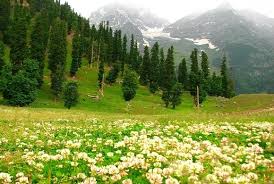 6D/5N
6D/5N
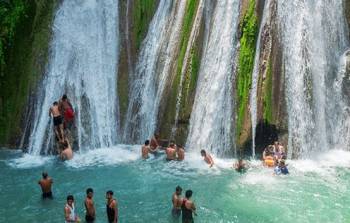 7D/6N
7D/6N
UTTRAKHAND PACKAGE 6 Night 7 Days
New Delhi - Mussoorie - Nainital - Rishikesh - Bhimtal - Ramnagar
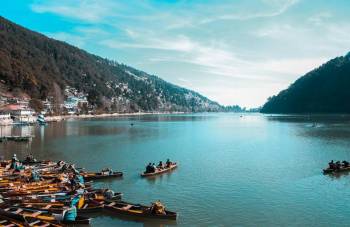 5D/4N
5D/4N
Uttrakhand Package 4 Night 5 Days
Kathgodam - Ranikhet - Kausani - Almora - Nainital
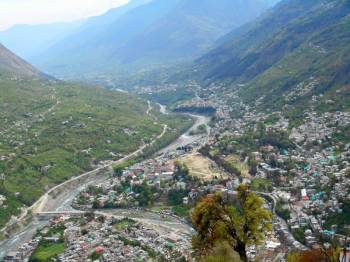 11D/10N
11D/10N
Shimla, Manali,Mandi,Dharamshala,Dalhaus..
Shimla - Manali - Kullu - Palampur - Solan - Parwanoo - Dharamshala - Jammu
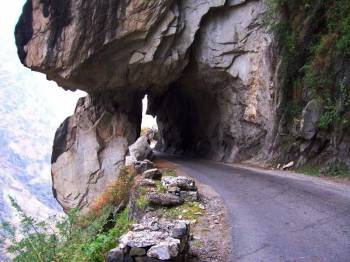 9D/8N
9D/8N
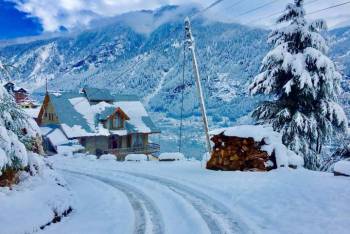 7D/6N
7D/6N
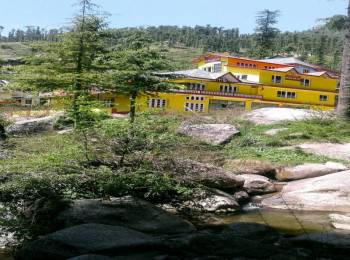 7D/6N
7D/6N
Ambala/Chandigarh - Shimla - Rewalsar - ..
Ambala - Chandigarh City - Shimla - Manali - Manikaran
 1D/0N
1D/0N
 1D/0N
1D/0N
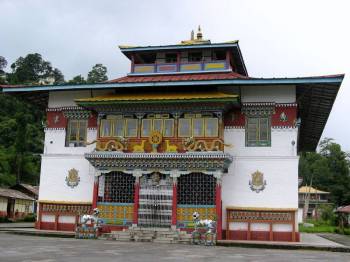 1D/0N
1D/0N
 1D/0N
1D/0N
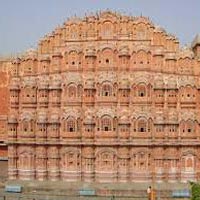 1D/0N
1D/0N
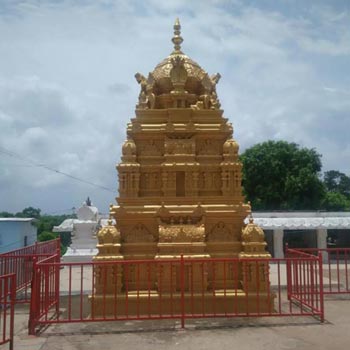 1D/0N
1D/0N
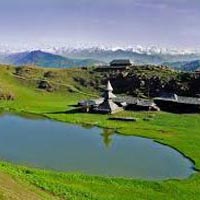 1D/0N
1D/0N
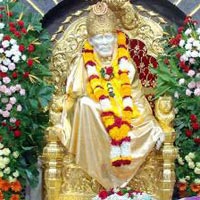 1D/0N
1D/0N
 1D/0N
1D/0N
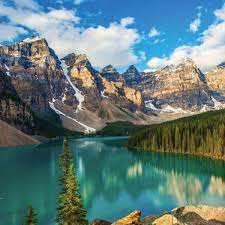 11D/10N
11D/10N
Himachal Pradesh Tour Package 10 Night -..
Dalhousie - Khajjiar - Kufri - Manali - Shimla - Dharamshala - Amritsar - Mcleodganj
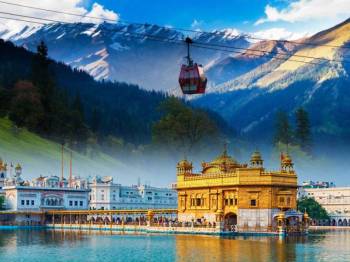 11D/10N
11D/10N
10Night Himachal Pradesh Tour Ex - Shimla
Dalhousie - Khajjiar - Kufri - Manali - Shimla - Dharamshala - Amritsar - Mcleodganj
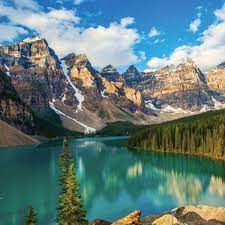 11D/10N
11D/10N
Himachal Pradesh Tour Package 10 Night -..
Dalhousie - Khajjiar - Kufri - Manali - Shimla - Dharamshala - Amritsar - Mcleodganj
 6D/5N
6D/5N
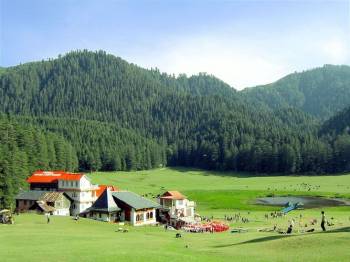 10D/9N
10D/9N
9 Night - 10 Days Himachal Pradesh Tour ..
Dalhousie - Khajjiar - Kufri - Kullu - Manali - Shimla - Dharamshala - Amritsar - M..
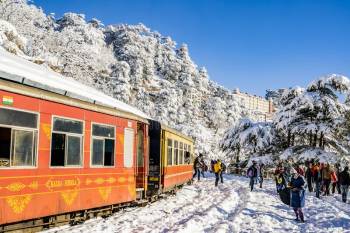 3D/2N
3D/2N
 5D/4N
5D/4N
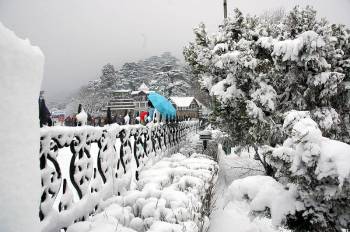 7D/6N
7D/6N
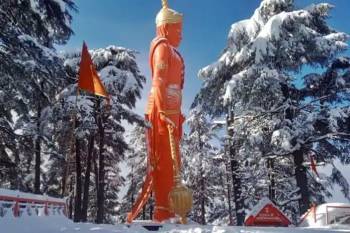 3D/2N
3D/2N